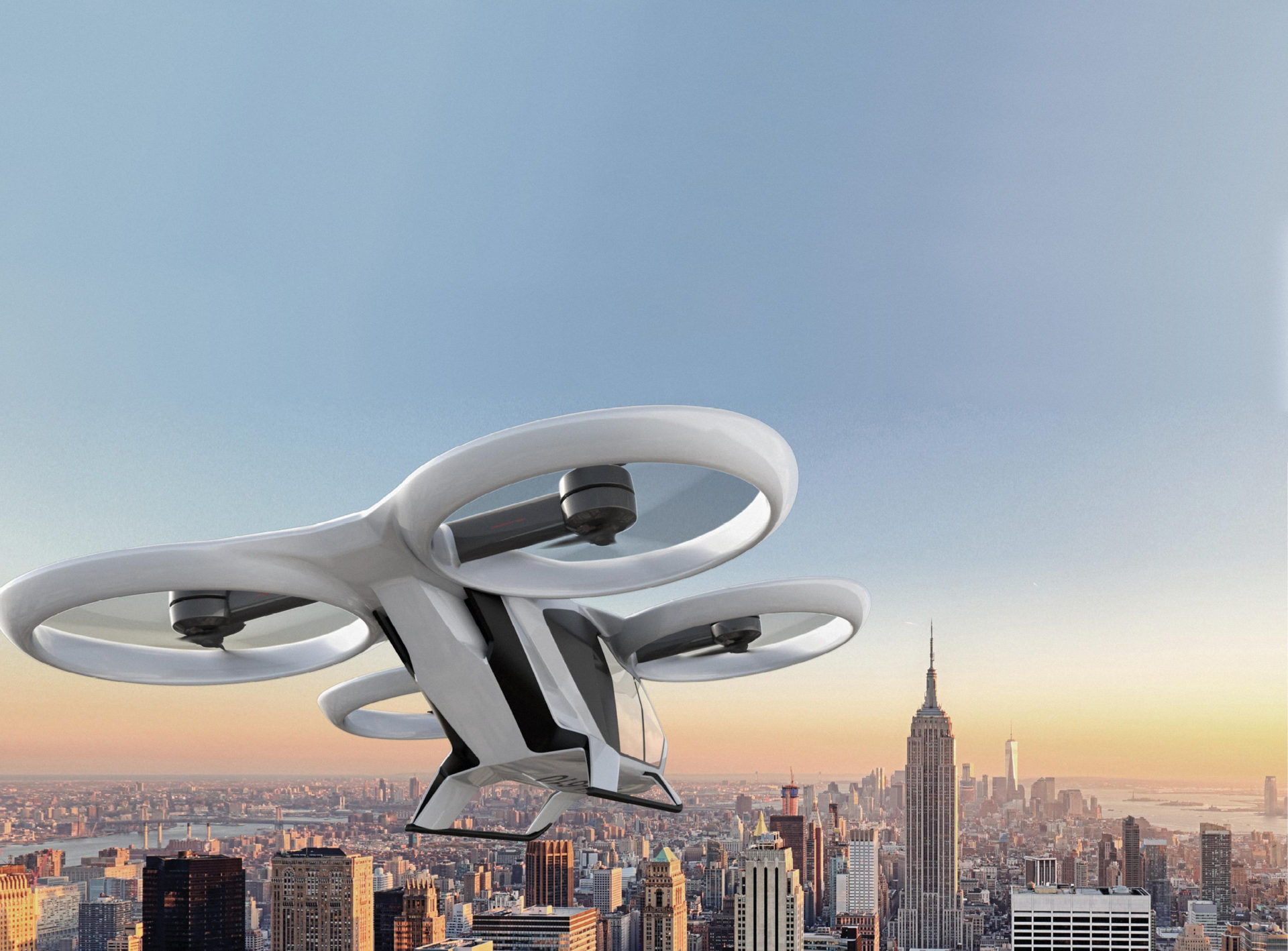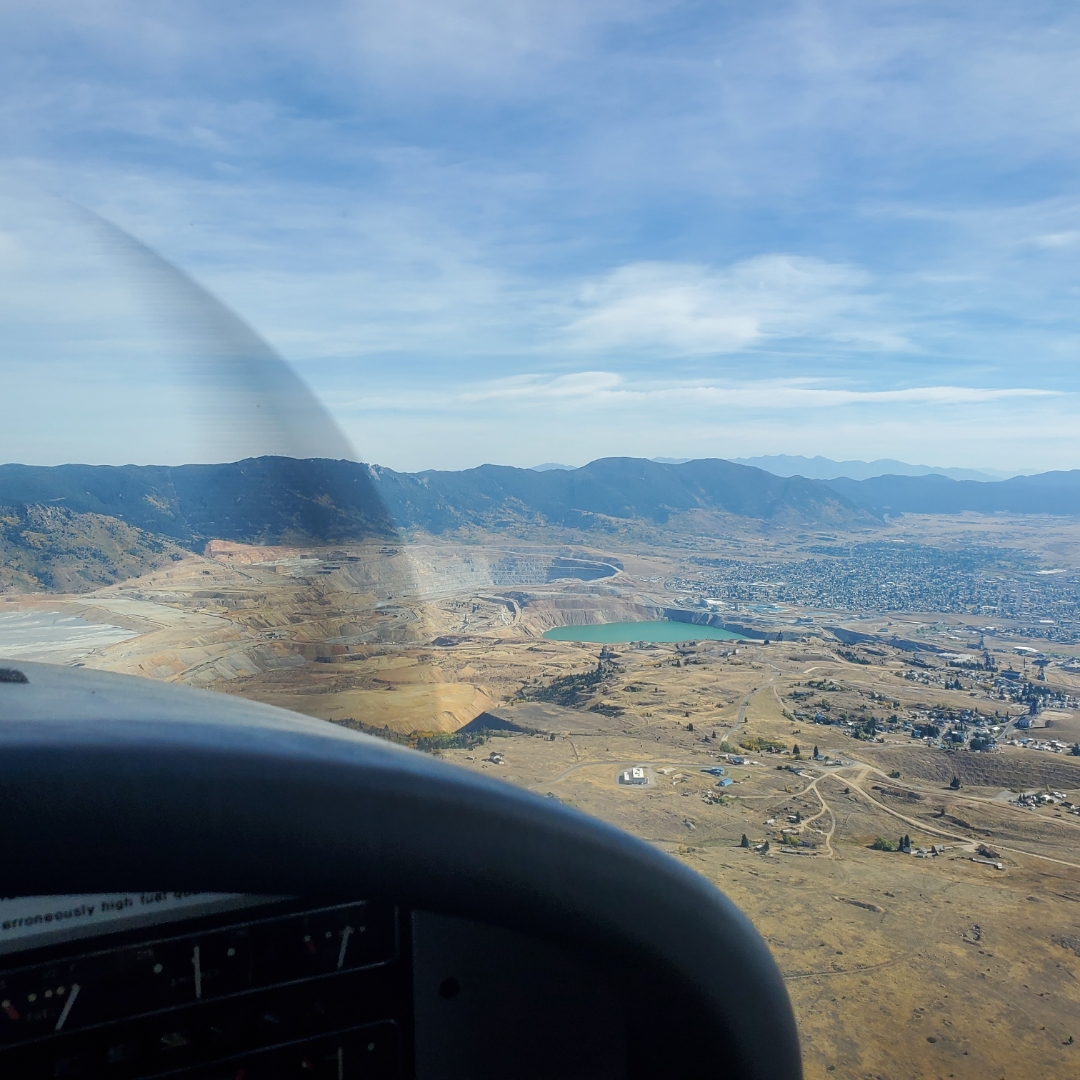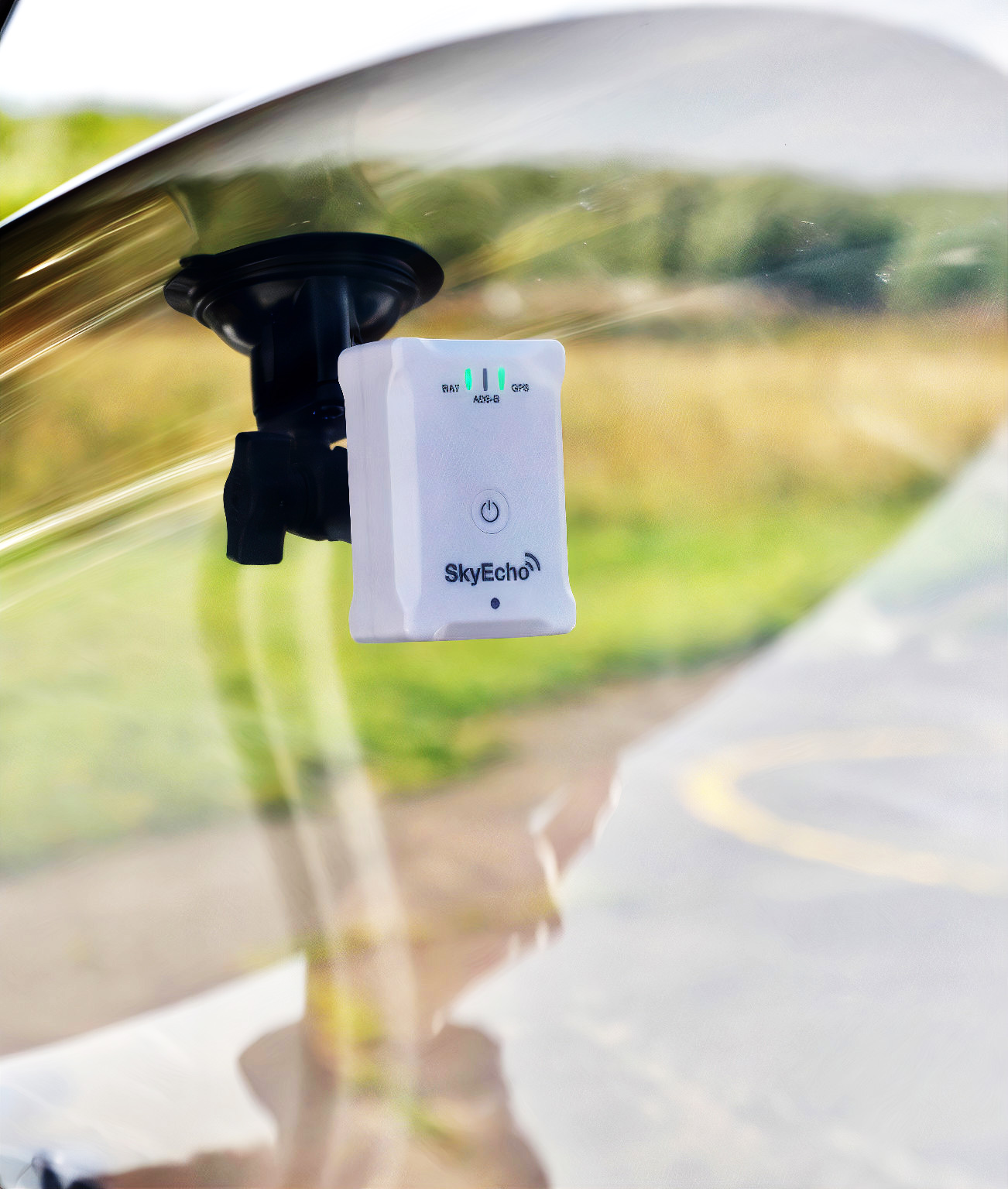Avionics Needs for Urban Air Mobility

Currently, Urban Air Mobility (UAM) is all the rage. As an industry – we tend to bounce around every few months to a new “thing” which occupies all the press, chatter, and investment. In the past, it’s been Beyond Visual Line of Sight (BVLOS), package delivery, Detect and Avoid (DAA), Unmanned (or Universal) Traffic Management (UTM), Operations Over People (OOP), and Remote Identification (RID). All of these topics present significant challenges, and in no way am I indicating that they are not worthy of attention. Right now, it seems that UAM is climbing the hype cycle curve. (Literally as I’m writing this, NASA has decided the new name is Advanced Air Mobility (AAM) to reflect that we’re talking about a broader set of use cases than urban commuting.)
Apart from a tremendous amount of investment and effort going into designing actual aircraft (200+ at last count) – there is also a lot of thought being placed in the ecosystem and infrastructure that will support UAM/AAM in the future – from the way we plan buildings and even cities to the communications and navigation infrastructure required.
uAvionix is an avionics company – so we navigate in that direction – even if it is a bit less sexy than some of the fantastical vertiport artwork full of glass and trees in parklike settings. We are currently working with UAM/AAM manufacturers on specialized command and control (C2) and GPS navigation systems customized to the UAM/AAM operation. So, consider this piece a bit more on the practical side – what avionics will be needed on these aircraft – what functions will they perform, and how well will they have to perform? What follows are some predictions that are guiding uAvionix’s development in this space.
eVTOL
The first assumption that holds throughout this article is that UAM/AAM vehicles will be electric Vertical Take-Off and Landing (eVTOL) aircraft. It is true that UAM business models are currently being trialed using traditional helicopters– Airbus owned Voom and Uber Copter are great examples – but for this exercise I’m looking to the future aircraft because ultimately, it doesn’t seem the business model will hold until we have aircraft that are less expensive to operate and maintain than the current helicopter fleet. Electric is the key to that success. Just like with electric cars, the projected lifetime costs for maintenance of electric aircraft are significantly lower than an aircraft with a complex piston or turbine engines.
Electric means batteries – and battery performance will drive key requirements for avionics. Specifically, what is known as Size, Weight, and Power Consumption – or SWaP.
Size – The bigger the avionics are – the bigger the battery capacity of the aircraft will need to be – which translates directly to weight.
Weight – The heavier the aircraft, the shorter the range, or the lower the payload capacity (err…and you are the payload!)
Power Consumption – The more power hungry the avionics are, the shorter the battery life – which again translates to shorter range – which translates to less of a business case.
A direct derivative of this is that the aircraft are being designed to be as small as possible to carry their designated number of passengers. From what we’ve seen so far, there isn’t much extra space for your baggage – or more to the point – for an avionics bay. This size related limitation is more focused on the volume a piece of equipment takes up in the aircraft rather than the weight it adds.
At uAvionix, we’ve tackled this problem head on by designing our products into what we call “smart antennas” – where the entire piece of equipment resides outside the aircraft by being built into the antenna or aircraft lighting, or both (see our skyBeacon, tailBeacon, and tailBeaconX products).
In these cases, there is no internal component save for some thin serial cabling. This reduces weight, volume, and improves the overall ease of maintenance. Externally mounted systems have to be more robust and go through higher levels of environmental testing, but the end result places less constraints on the aircraft.
Certifications
Presently in the drone world there is a lot of discussion within regulatory bodies and organizations like JARUS debating exactly what defines “airworthiness” for drones – and the answer tends to be based on the specific mission profile. Rightfully so, higher risk operations (as determined by a number of factors) should require higher levels of “airworthiness” than low risk operations. A key goal here is to not burden low risk operations with high costs of traditional certifications – called Technical Standard Orders (TSOs) or Supplemental Type Certificates (STCs) in the avionics world.
Drones carrying people for hire over urban environments is pretty high risk – and even more so if there are people you care about onboard or below. There isn’t any way around it – TSOs or STCs are going to be required, and will likely trend towards higher levels of what is called Design Assurance Levels (DAL) – which increases the cost (and presumably safety) accordingly.
A big problem faced by this industry is that TSOs are built upon standards – usually industry or community-based– and those standards don’t exist today because the functions that the avionics will need to perform weren’t previously applicable. These standards can take years to develop, but there are some key standards in-work that will be applicable, including Aircraft Collision Avoidance System for unmanned systems (ACAS Xu), Detect and Avoid (DAA) radar, Command and Non-Payload Control (CNPC), and multi-frequency / multi-constellation Global Navigation Satellite Systems (GNSS). Unfortunately, there is still a lot of ground to cover as even the work being done in many of these efforts is not focused on the UAM/AAM use-case.
In the meantime, uAvionix is helping its customers through these challenges by developing Technical Certification Data Packages (TCDP) consistent with the appropriate Design Assurance Levels (DAL) for RTCA DO-254, RTCA DO-178C, and DO-160G. These TCDPs provide the OEMs with everything they need in support of their type certification efforts for their aircraft.
Performance Based Navigation (PBN)
Autonomous eVTOL aircraft (and yes, we do expect that there will be a phase where we go through piloted UAM using eVTOL aircraft) will have an incredibly high bar to meet when it comes to actually being where they intend to be. We tend to generically think of this in terms of Global Positioning System (GPS) accuracy – but the problem extends beyond GPS because we simply cannot rely on GPS alone. It is just too easy to spoof or jam the GPS signal.
Performance Based Navigation (PBN) is an aviation term that when paraphrased means that the navigation system of the aircraft must meet the needs of the mission. As mission needs require more precision, the navigation component has to also become more precise to meet those needs. That will be accomplished in a number of ways. First – single constellation GPS (GPS is U.S. owned) receivers will expand to become multi-constellation, and multi-frequency GNSS receivers that can compute positions based on other constellations like Galileo, BeiDou, and GLONASS. Combining multiple constellations and frequencies reduces the effects of atmospheric interference and susceptibility to jamming – but not completely.
Ground based Position, Navigation, and Timing (PNT) systems might be needed. As we speak, Long Range Navigation (LORAN) infrastructure is making a new comeback as a 2.0 “enhanced” eLORAN. Because of the low frequency range, eLORAN is well suited for urban canyons and is much more impervious to jamming.
Finally, if all else fails – the aircraft is going to have to navigate well enough completely on its own to a safe landing location. This will involve on-board Inertial Navigation System (INS) gyros and external sensors such as cameras and/or radars to be able to navigate by dead-reckoning and locate a suitable spot to put down. When discussing UAM/AAM in a military context – almost the first item discussed is “navigation in GPS-denied environments.” We can’t design these aircraft or its avionics systems for a best-case scenario.
Detect and Avoid (DAA)
DAA becomes a new type of avionics. In many ways, the Traffic Collision Avoidance Systems (TCAS) of today fall into this category, and we believe UAM/AAM will have such systems as ACAS Xu (or Xuam?), but also ADS-B IN, and one or more non-cooperative aircraft detection such as cameras, radar, or a myriad of other tech types being trialed now.
What is yet to be seen is how UAM/AAM aircraft fall under the right of way rules. Per current regulations, drones must avoid all manned aircraft – is it going to be the same when the drone is carrying passengers? The FAA’s UTM Concept of Operations v2.0 subtly hints that right of way rules may change in the future. We’ll see.
ATM/UTM Integration
Finally, we’ll wrap up with Air Traffic Management (ATM) and UTM integration. In many ways, UAM will have to integrate with both sets of systems. Flight planning and strategic deconfliction will likely look an awful lot like the way UTM systems are being envisioned to operate today. That might mean 5g connectivity and RID. But relatively speaking, these aircraft will be big when compared to drones – comparable in size to GA aircraft or helicopters. They’ll also be operating in controlled airspace (as most urban environments live under this airspace), and perhaps even to/from airports – albeit they may not use existing airport landing locations. For these reasons, we believe ATM will be involved, and the aircraft will need to be equipped when it comes to communications and surveillance equipment accordingly. So yes – we do believe these aircraft will be carrying transponders and ADS-B OUT – among other technologies.
Well, that was fun. Drop us a line to let us know if you agree or disagree with our assumptions at uam@uavionix.com. Also, check out our UAM avionics web-page for a preview of some of the projects we are working on at https://uavionix.com/uam/.


